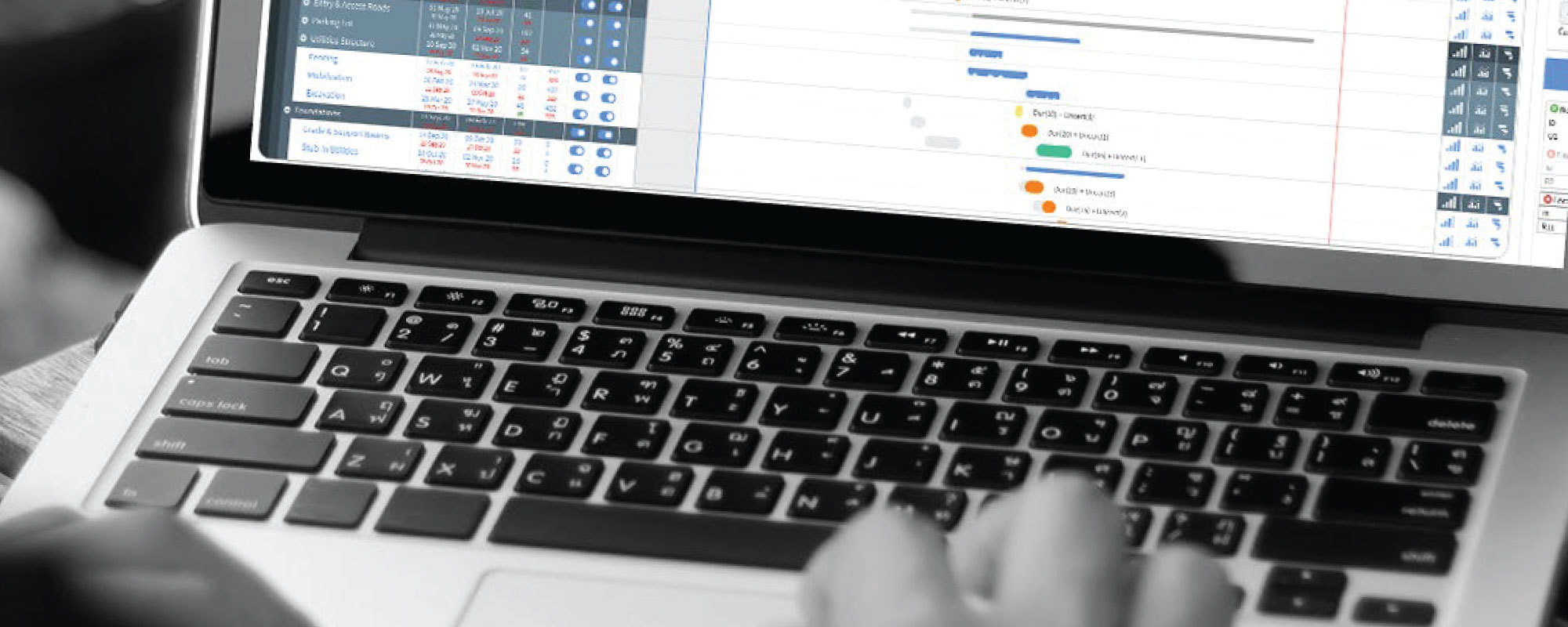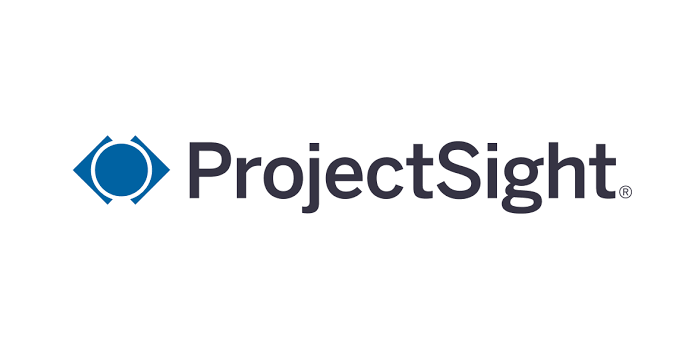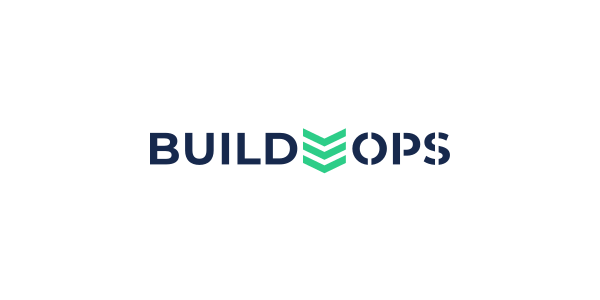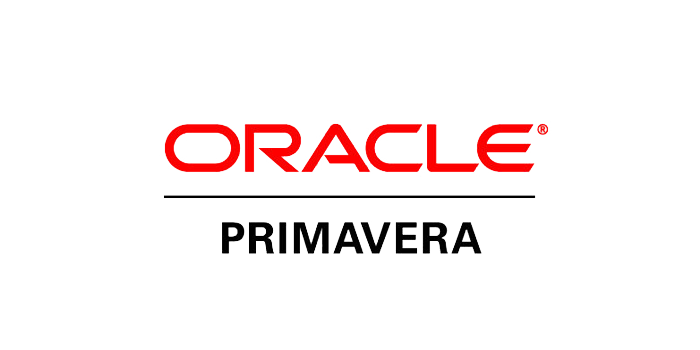
Original article posted on the Ineight blog
It’s no secret that having a consolidated picture of project status in the capital construction industry remains challenging. Complex projects are becoming even more complex — physically, commercially and environmentally — leaving traditional, disparate construction processes and systems struggling to keep up with an ever-growing demand for greater project certainty.
With an average of only 2% of projects coming in on time, on budget and to the satisfaction of all stakeholders, more and more innovative contractors, owners and engineers are overcoming these challenges using an integrated construction project management platform.
Sometimes referred to as a project information management system, this single platform streamlines workflows by integrating all of your construction management tools. Executed to its best advantage, you will experience:
- Reduced risk from improved visibility through better-connected systems.
- More efficient and accurate project planning via a knowledge library of captured historical data.
- Increased reliability and quality of data via a single source of project truth.
- Minimized or removed resource constraints.
- Faster decision-making from seamlessly flowing, consistent data.
- Better-connected office and field teams.
Because an integrated construction project management platform uses today’s best technology to bring together myriad management elements, it can help teams successfully guide a project from beginning to end. In addition, these systems can capture data from every completed project in a knowledge library that team members can later use to make better decisions on future projects. Making sure your new system possesses these eight capabilities can help get you there.
- Accommodates the full project life cycle
- Supports varying capital project types with standardized processes and workflows
- Allows for sophisticated risk management and scenario planning
- Enables construction-specific document management and control
- Provides for real-time budgeting, earned-value reporting and forecasting
- Controls changes from issue to change order
- Facilitates effective resource and crew management
- Provides a common data environment with actionable reporting and analytics
1. Accommodates the Full Project Life Cycle
To many project management professionals, full life-cycle project management means covering generic project phases: initiation, planning, execution and closure. To those who have been part of large-scale construction projects, however, full life cycle means beginning with trying to win the work if you are a contractor and trying to account for the full scope, cost and schedule of the asset you are building if you are an owner. As a contractor, you are not finished until final acceptance from the owner is achieved, and as an owner, you need a functional, as-designed finished product ready for operation.
Therefore, it pays to only consider integrated systems that offer support for the complete life cycle of a construction project. This means solutions that connect across disciplines and bring together estimate/bid/tender aspects with the schedule, while also accommodating for risk analysis during the critical early-project phase.
During the execution phase, management of cost and schedule is critical but only possible when aligned with the right field execution tools. They must be able to assign and track work so that the progress reported by the field becomes the basis of your performance reporting. Then, when approaching project completion and handover phases for operations, it is ideal to have a solution that brings together all documentation, inspections and models. This will ensure that you have a complete historical record of your project that is well-documented and can be visualized through a living, federated model, or digital twin.
This complete life-cycle view of your project will eliminate rework and keep teams communicating across disciplines by utilizing a common dataset, from bid pursuit to project closeout and handover.
2. Supports Varying Capital Project Types with Standardized Processes and Workflows
Regardless of what brings a company to the decision of implementing a fully integrated system, there is a level of standards and experience unique to their business that must be maintained. Finding the right balance of out-of-the-box functionality plus customization and configuration to meet your needs is a must-have. Ideally, a capital project management solution should permit you to build the necessary master data, templates and standards that allow your business to be conducted in a familiar yet more efficient and connected way. At the same time, there should be a level of industry best practices that are infused into the functionality of the system to give you the robust experience you need.
In addition to templates and standards, one of the greatest values of an integrated platform is the ability to leverage historical data regardless of the project phase. Knowledge libraries of historical productivity rates, typical activity durations, and common risk events can provide incredible value to your project teams. And, as your experience grows, so does the historical dataset you have to leverage, placing the next project that much further ahead of the last.
But what good is great data if it’s not captured in a timely and consistent manner that enables your business to establish standardized workflows and business processes? To make sure this happens, your project team members should receive automatic notifications when it’s time to review or approve something, based on their role. Automated, standardized workflows can provide the guardrails that keep projects on track and ensure everyone is capturing data in a consistent manner.
3. Allows for Sophisticated Risk Management and Scenario Planning
Historically, project risk analysis has been a luxury available only to the larger project organizations, typically embraced more by owners than by contractors, and often viewed as an academic modeling exercise with a very narrow focus on traditional simulation techniques. Fortunately, things have changed dramatically over the last few years, giving construction teams new reasons to consider solutions that enable a more broadly defined, realistic and yet simpler view of risk.
Today’s advanced risk tools are “advanced” because they have made the process of capturing traditional risk inputs obsolete. When thinking about risk management for your business now, consider solutions that embed the process of evaluating project risk exposure into plan creation and collaboration activities upfront. Your best platform will gather the necessary data while a plan is being built, allowing the stakeholders to provide direct and actionable analysis that ensures a project has a higher likelihood of achieving cost and schedule objectives.
Think of it as project insurance as you look for these capabilities:
- Project comparison and benchmarking to reduce project risk via automatically comparing current estimates and plans to historical projects
- Team collaboration to let stakeholders offer their opinion on plan achievability
- Simulated outcomes to see a range of potential project possibilities
- Simple analytics to provide guidance on improving project outcomes, i.e., identifying riskier areas of scope that, if mitigated, may reduce risk
Software that can open the benefits of risk insight to all stakeholders is more likely to take your projects to a new level of certainty. Contractor organizations can benefit by increasing owner confidence in their ability to achieve schedule, cost and margin expectations. Likewise, owners will get more insight into the realism and achievability of contractor schedules and estimates so that when typical twists and turns surface, there’s time to pivot and adjust course.
4. Enables Construction-Specific Document Management and Control
A must-have feature when assessing an integrated project management system is its ability to support best-in-class document management and control practices. Look for a system that provides comprehensive workflow tools for initiating, revising and reviewing with markup and comments, plus approving and distributing project documents. All of this will help streamline data into a single source of truth with all project stakeholders working from one set of documents.
To increase accountability and ensure project items keep moving forward, you’ll also need a system that tracks exactly where in the review and approval workflow all documents currently stand, and one that keeps a record of every time a document has been touched. This is because the management, approval and analysis of project RFIs, submittals and other construction workflows can vary from project to project. You may even have multiple RFI workflows within a single project.
Therefore, a feature-rich system that supports the use of multiple file types (PDF, DWG, DOC) to support the optimal file type for viewing, editing and distributing documents will be invaluable in successfully managing your best document flow.
5. Provides for Real-Time Budgeting, Earned-Value Reporting and Forecasting
A critical component of a complete project management platform is the ability to monitor and control project costs. Traditionally, budgets maintained in enterprise resource planning (ERP) or accounting systems are not granular enough to serve as a meaningful forecasting or controls mechanism, leaving that work to be done in disconnected spreadsheets. With a truly integrated platform, however, you should be able to bring all of your data together to create construction budgets directly from estimates, and then keep the budget current by feeding back costs, man-hours and productivity data as work is executed in the field. After all, the purpose of an ERP system is to serve as the central repository for the planning and management of organizational resources between various departments. Therefore, being able to integrate with your ERP is a critical factor in sharing cost, revenue, accounting, materials procurement, human resources and risk management data within your construction project management system.
Another consideration is that projects typically take 20% longer to finish than scheduled and are up to 80% over budget. Plus, nearly every project contains changes. This makes the ability to track and have approved changes merged into the project’s working budget vital for allowing team members to pinpoint the effects of change on both the project’s budget and the schedule.
Integrated systems also make it easy to follow earned value management best practices by capturing daily progress information from the field to inform project stakeholders about trends that require course correction. Live project forecasts, as well as performing what-if scenarios, not only allow organizations to avoid potential project disasters, but can also help project teams arrive at the best possible cost for the project.
As a project manager, cost engineer or chief financial officer, the ability to forecast work based on real-time information and progress is what will ultimately decide the success of your project. Therefore, much of an integrated system’s power is the enablement of project stakeholders to make pivotal decisions earlier in the project execution phase based on connected data.
6. Controls Changes from Issue to Change Order
Despite our best efforts, no project will ever be perfect, so the need to notify, process and track changes is a must. Because it is an integral component for tracking budgets and schedules, change management is the most widely available project management feature on the market. However, the effectiveness of tracking changes remains fully reliant on the level of data transparency and connectivity built into each solution. Therefore, a fully integrated, comprehensive solution must be able to track an issue from first sight in the field, to approval from the owner and back again for final execution. It must also have the ability to be able to augment and track changes that originate at any stage of the process.
When it comes to change management, there can never be too much information. Yet whether an owner or a contractor, the last thing anyone wants to do is log onto multiple systems in an attempt to piece together the impact of a change before they make adjustments or deviate from the initial plan, scope and budget. This is why your best capital project management systems must provide a clear, interconnected and complete picture of what is changing, how, for whom, and then present that picture to all parties to review, collaborate on and ultimately agree upon.
While a win-win approval of changes is the ultimate goal to move forward, it’s only one phase of the overall process. After all, no owner or contractor wants to see a surprise delay or cost that derails their project. So, it’s vital to maintain the ability to track project changes no matter the phase of approval, with transparency into the pending impacts of all possible adjustments. Look for a system that provides change management capabilities in the form of real-time workflows and notifications of pending changes, regardless of the stage. This will allow your teams to stay in partnership on the project and progress toward completion together.
7. Facilitates Effective Resource and Crew Management
Ultimately, capital projects are not going to be assembled by software. Craft, supervision, equipment and loads of materials are a necessary part of the construction life cycle. The planning, coordination and execution of those resources are of utmost importance to a project team, so an integrated solution must have the ability to accurately manage resources to a project-appropriate level. Whether that means simply understanding a high-level histogram of labor distribution across the site, or if it requires the detailed step-by-step tracking and claiming of commodities at the operation, effective resource management can mean the difference between project success or failure.
Effective resource management begins early in the planning phases of a capital project. As the plan becomes more realistic, detailed cost estimates are built on aligning the proper resources with each scope of work. Likewise, a fully resource-loaded schedule supports the planning effort as early packaging and coordination of work begins. The ability to maintain this level of detail throughout your project life cycle can shine a bright light on items like cost performance index (CPI) and schedule performance index (SPI), as well as provide an additional layer of actual performance against the plan. All these combine to help better guide and maintain your correct project course.
Another powerful piece of an integrated platform can be witnessed at the work site, where crews operate day-in and day-out to accurately complete each scope of work. So, equipping these crews with a consolidated package of information in one easy-to-access, mobile solution is crucial to creating real efficiency gains. Not only can time be saved by providing all relevant information in one integrated system, but the ability to manage that information in a way that prevents inefficient, unplanned or unsafe work from beginning in the first place will also save you from lost project time.
8. Provides a Common Data Environment with Actionable Reporting and Analytics
As a construction professional, you know that the volume of data created today to deliver even a small project is massive. If derived from disparate, disconnected systems, making sense of all that data can be nearly impossible. This is why considering a solution that provides a Common Data Environment (CDE) will improve your organization’s ability to collect, manage and report against data. It will also drive efficiencies in the execution of the project itself because project stakeholders will have access to a unified view of the project through models, dashboards and the source systems they use to manage the project in each phase of its life cycle. So, you will want to look for a platform with these capabilities to ensure the discipline-specific software being used — estimating, scheduling, cost management, field execution, etc., — can seamlessly interact by subscribing to a common data model and most importantly, a master data library. Think of this type of library as a living dictionary for your project, one that keeps everyone speaking the same language regardless of role or responsibility. Why does this matter? Because a common project language ensures that all parties, including the owner, contractor and engineer, will be working from a single, connected source of truth to plan, execute, manage and close out a project.
But it goes beyond language. Through the implementation of a CDE and a master data library, everything becomes connected. Documentation becomes more contextual as it is now integrated into the model and tied to project structures. Models become richer in both data and functionality, allowing your teams to generate component-specific packages to be assigned to teams in the field for execution. The project management team can now execute against mature practices like Advanced Work Packaging and Workface Planning, ensuring a constraint-free path for your construction teams.
Up until very recently, the linking of time, cost, quality, work and performance characteristics of an asset was pretty much impossible because the systems used to track these were disconnected, yielding multiple tools, software vendors and versions of project truth. But with the emergence of integrated CDE platforms, where all facets of planning, execution, closeout and operations are tracked and connected, project teams can achieve a unified view and communicate through every phase more effectively.
A Word About Adoption Accelerators
Often overlooked, the user experience (UX) has arguably been as vital to the adoption of an integrated project management solution as the technology efficiencies themselves. UX and user interfaces first took center stage as developers worked to accommodate the new screens and speeds of mobile technology.
Today, people don’t need to be taught that red is bad, green is good, swiping left advances and what “power symbols” are. This is what has made mobile technology so widely adopted, and the same is true for any digital transformation you attempt with an integrated project management platform.
In addition to a strong UX, other ways to support construction teams in their adoption of new tools include industry-specific templates, project configuration guides, virtual learning centers and organizational change management support. After all, no digital transformation is ever successful if it is not intuitive and easily adopted by the end user. The move to a fully integrated solution will be no different. And when you consider the experience end users who require global support across the world might be asked to endure in their daily routines, selecting and implementing the right solution becomes even more important.
Conclusion
To be competitive and deliver project certainty in an increasingly complicated capital projects world, you must have an integrated, comprehensive platform. With easy access to seamless flows of real-time project documents, costs, schedules and data across the entire project life cycle, the right integrated construction project management platform should produce more project wins, more often, and more satisfied stakeholders across the board.
Ready to Learn More?
Schedule a one-on-one consultation to talk about your specific needs for a construction management platform.













